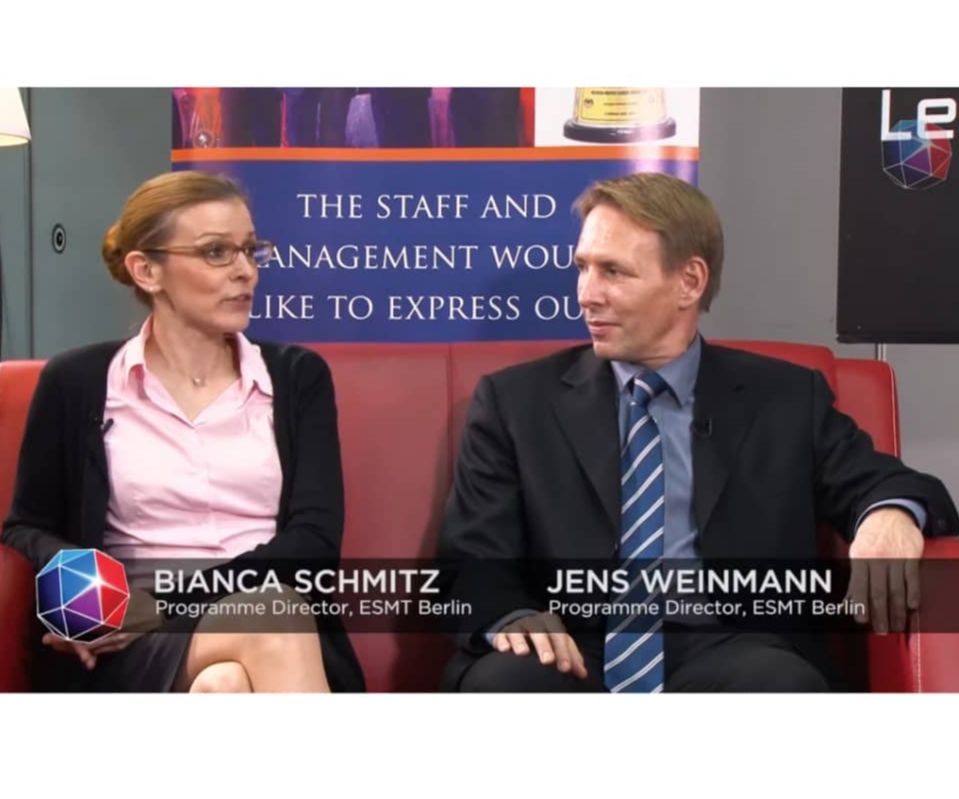Taking Baby Steps Towards A Family-Friendly Corporate Malaysia

Milking it in office
I once wrote an article, Dilemma of Working Mothers in Corporate Malaysia, where I encouraged working mothers to play a role in nudging employers to adopt family-friendly policies and facilities. A few women responded by sending in some encouraging notes to share their thoughts on this as well.
I have personally put in requests in my previous employments, and had the opportunity to hear the heart of the employers concerning flexible time arrangement and company day care, among other issues.
The good news is, most employers can empathise with working mothers. However, the transition into this new culture comes with a lot of financial, business and human resource (HR) implications.
Globally, some companies are also making an effort to ensure gender diversity in their workforce, especially in the senior management level.
According to a McKinsey’s Women Matter 2010 report titled Woman Matter: An Asian Perspective, they identified 41 initiatives categorised under three main elements that should be present within a corporate ecosystem to support these initiatives. These elements are:
- Management commitment
- Women’s development programmes
- A set of enablers (collective enabler)
To remain competitive, some of these forward-looking companies have started exploring different ways to attract, retain and develop working mothers.
For a start, as we pull our resources together to cordially create a more family-friendly workplace, let me share one initiative under the collective enabler category in the research that is practical and has relatively low impact on financial investments, operations and business risks: the nursing rooms (or the lactation rooms).
A cost-cutting facility
The government and healthcare professionals encourage mothers to breastfeed their babies for at least six months, mainly to strengthen their immune system.
In most cases, healthier babies translate to lesser resources spent on sick babies—from mothers taking days off from work to care for their child, to medical and insurance claims for the child. Not to mention the focus and productivity of the working mothers.
CIGNA, a global health service company, launched a corporate lactation programme, Working Well Moms, many years ago and saw a total savings of US$300,000 (RM1.26 bil) in annual healthcare expenses for breastfeeding mothers and their children. The programme also reduced absenteeism among breastfeeding mothers.
Lacking at our workplace
In my working experience, I have seen and heard stories of how mothers had to use their office room, covering the windows with blankets or papers for privacy, to pump breast milk.
Some mothers go through the inconvenience of using a colleague or superior’s room or a meeting room to do so, and only when it’s available. If planned well, these mothers will need to pump two to three times a day. Then comes the worry of storing the milk to ensure it doesn’t spoil.
My personal experience as a new mother saw many of the shortcomings in this area too—from almost having to use a washroom cubicle to express milk, to avoiding storing them in the cafeteria fridge with uncooked meat.
I am so thankful for a kind colleague in another department who offered her meeting room for my use whenever it is unoccupied.
Only bare necessities needed
For a basic nursing room, Massachusetts Institute of Technology recommends a minimum room size of four feet by five feet equipped with a door that locks from the inside.
The room should also have an electrical outlet for plugging in a breast pump, good lighting and ventilation, a comfortable chair, a small table, an “occupied” sign for the door, a wastepaper basket, a sink (in the room or nearby), a refrigerator and a coordinator for room usage.
For larger multi-user rooms, partitions are included as part of the amenities. Such a setup can be used over the years by new or returning mothers. Talk about return of investment!
This space can be an infrequently-used room, storage area, pantry or vacant office.
Setting up a task force
The National Business Group of Health shared in its Investing in Workplace Breastfeeding Programmes and Policies and recommended a list of company stakeholders who can potentially contribute in a task force setting up a nursing room(s).
The list includes:
- HR specialist
- Facility manager
- Current and previous breastfeeding employee(s)
- Representative staff from a variety of departments
- Pregnant employee(s)
- Finance department staff
- Public relations staff
- A senior leader who can provide insight on merging business needs with employee concerns
Among the few things this task force can look into includes examining company’s existing policies regarding support services for breastfeeding employees, if any.
The team can then proceed to identify the number of employed women of childbearing age, number of pregnancies among employees annually, breastfeeding rates of employees (if known), current turnover rate among women who take maternity leave and current rates of absenteeism among new mothers and fathers.
Following that, they can look into policies for milk expression break, construction of nursing room and gaining buy-in from other employees. In the long run, HR should be able to review company absenteeism and turnover rates periodically to track the potential impact of the programme.
Concluding thoughts
With positive results from the tracking and evaluation, it will be a great platform to gain management support and commitment to be a family-friendly company.
A 20 square feet nursing room is a simple low-cost and low-risk support from the employer that can go a long way in creating company loyalty, saving costs, branding as an employer of choice for women talent and, most importantly, playing your role in building a family-friendly corporate Malaysia!
Elisa strives to give her best at work and to her family. She believes that with enough voice and support, employers will begin to consider taking steps towards a more family-friendly company. To send your thoughts to her, please e-mail her at editor@leaderonomics.com. For more Be A Leader articles, click here.
Article first published in The Star.
Leadership
This article is published by the editors of Leaderonomics.com with the consent of the guest author.






